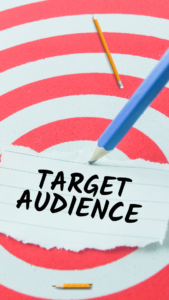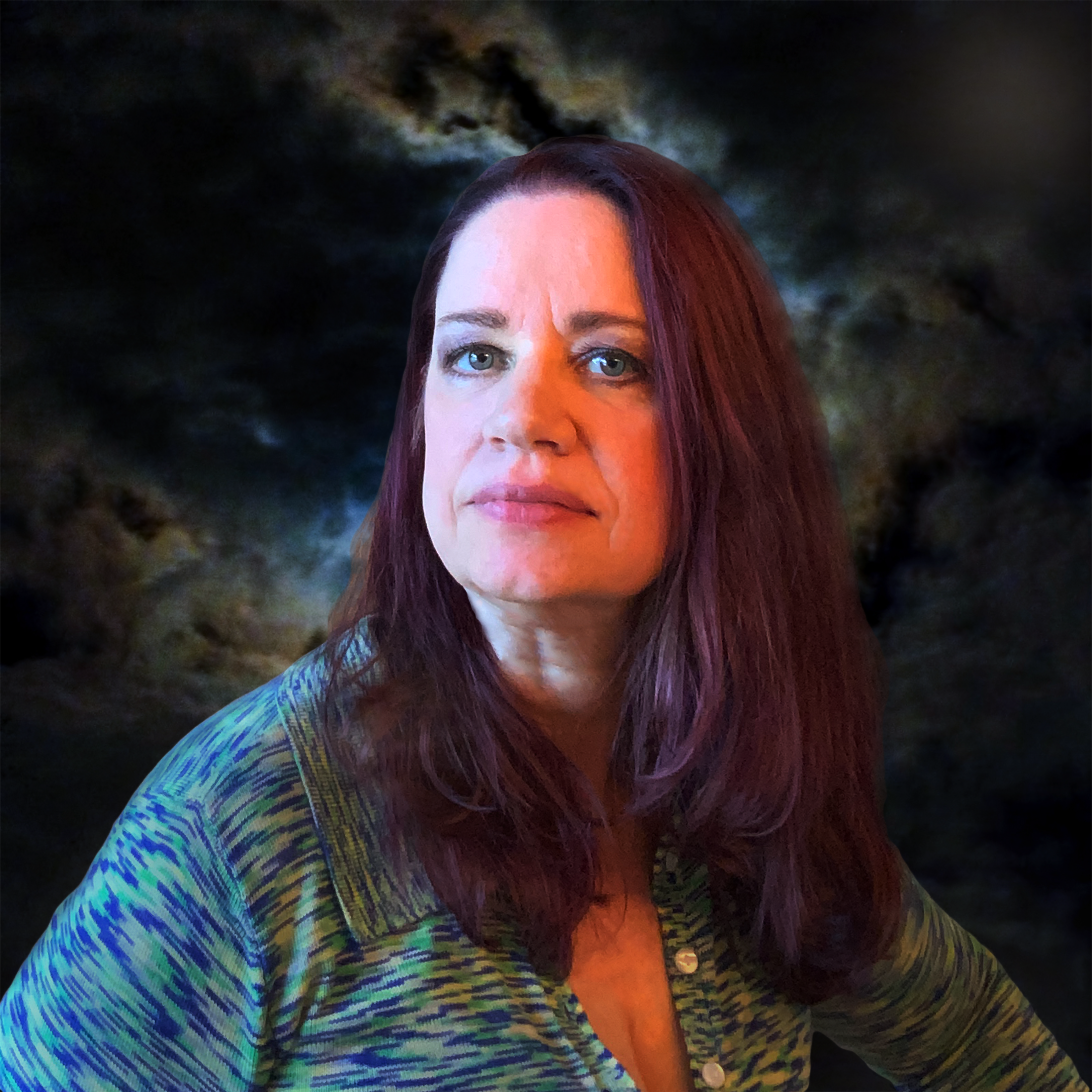How to Analyze and Identify Your Reader

Step 1: Define Your Genre and Subgenre
- Understand Your Genre: Start by clearly defining the genre and subgenre of your book. For example, if you write horror, identify if it’s supernatural horror, psychological horror, or another subcategory.
- Identify Themes and Tropes: List the common themes, tropes, and elements present in your book. This helps in pinpointing the specific interests of your potential readers.
Step 2: Create a Reader Profile
- Demographics: Determine the age, gender, occupation, education level, and location of your ideal reader.
- Psychographics: Understand their interests, values, attitudes, and lifestyle. For instance, horror readers might enjoy other forms of dark entertainment, like horror movies or true crime podcasts.
- Reading Habits: Identify their reading habits, such as preferred formats (eBooks, audiobooks, print), and where they typically discover new books (bookstores, online platforms, social media).
Step 3: Research Existing Readers
- Analyze Similar Authors: Look at authors who write similar books and study their audience. Check their social media followers, reader reviews, and engagement levels.
- Book Reviews and Forums: Read reviews on Amazon, Goodreads, and other platforms to see what readers are saying about similar books. Participate in forums like Reddit, where readers discuss books in your genre.
Step 4: Use Social Media
- Join Genre-Specific Groups: For horror writers, join Facebook groups, Reddit communities, or other social media groups focused on horror literature. Engage with members to understand their preferences.
- Follow Influencers: Follow influencers, bloggers, and bookstagrammers who specialize in your genre. Observe their followers and engagement to identify potential readers.
Step 5: Conduct Surveys and Polls
- Create Surveys: Use tools like SurveyMonkey or Google Forms to create surveys targeting potential readers. Share these surveys on social media, your website, and through email newsletters.
- Ask Direct Questions: Include questions about reading preferences, favorite genres, and feedback on book concepts or cover designs.
Step 6: Engage with Online Communities
- Goodreads Groups: Join and participate in Goodreads groups related to your genre. Engage in discussions and observe what readers are talking about.
- Book Clubs: Connect with online and offline book clubs that focus on your genre. Offer to attend meetings or provide book club discussion guides.

Step 7: Analyze Sales Data and Reviews
- Sales Analytics: Use data from sales platforms like Amazon KDP, Barnes & Noble, and others to understand which books are selling well in your genre.
- Review Analysis: Read and analyze reviews of your own books and similar books to identify common likes, dislikes, and reader expectations.
Step 8: Leverage Email Marketing
- Build an Email List: Create a newsletter to engage directly with readers. Offer incentives like free chapters or exclusive content to encourage sign-ups.
- Segment Your Audience: Use email marketing tools to segment your audience based on their preferences and behavior. Tailor your content to different segments.
Step 9: Utilize Book Promotion Platforms
- BookBub and Similar Sites: Use promotion platforms that specialize in targeting readers based on their genre preferences. Analyze the results of these promotions to understand who is responding.
Step 10: Attend Genre-Specific Events
- Conferences and Conventions: Attend events like horror conventions, literary festivals, or book fairs to meet readers in person.
- Speaking Engagements: Participate in panels or give talks related to your genre. Use these opportunities to connect with and learn about your audience.
By following these steps, you can develop a detailed understanding of who your readers are and how to reach them effectively. This knowledge will help you tailor your writing, marketing, and engagement strategies to better connect with your target audience.

I am the founder of ArmLin House, as well as the Chief Editor and Creative Director. For over thirty-five year, I’ve worked in technology, business development, marketing, writing, and publishing jobs. In the last 5 years I’ve returned to school and have become a graphic designer and social media video editor. In general, I have A LOT of experience in A LOT of industries and I love to help people, which is one of our main missions as a company. Learn more about me on my LinkedIn page.